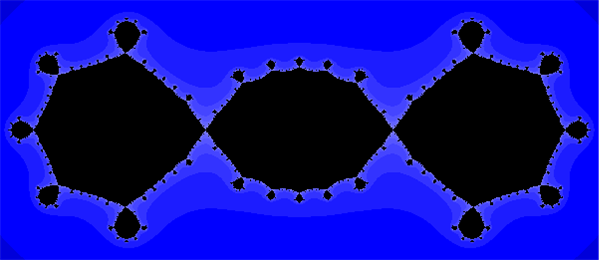Let $f$ and $g$ be complex rational functions (of degree $\geq 2$ if that helps). What can be said about the relationship between $J(fg)$ and $J(gf)$, the Julia sets of the composite functions $f \circ g$ and $g \circ f$?
If I'm not mistaken, $f$ restricts to a map $J(gf) \to J(fg)$, and $g$ restricts to a map $J(fg) \to J(gf)$. So $J(fg)$ and $J(gf)$ surject onto each other in a particular way (and, indeed, in a way that commutes with the actions of $fg$ on $J(fg)$ and $gf$ on $J(gf)$). Since Julia sets are completely invariant, the restricted map $f: J(gf) \to J(fg)$ is $deg(f)$-to-one, and similarly the other way round.
So there's some kind of relationship between the two sets.
If $f$ or $g$ has degree one then $J(fg)$ and $J(gf)$ are "isomorphic", in the sense that there's a Möbius transformation carrying one onto the other. Thus, the simplest nontrivial example would be to take $f$ and $g$ to be of degree 2. I don't know a way of computing, say, the example $f(z) = z^2$ and $g(z) = z^2 + 1$. That would mean computing the Julia sets of $gf(z) = z^4 + 1$ and $fg(z) = z^4 + 2z^2 + 1$.
My question isn't completely precise, I'm afraid. But here are some of the things that I would value in an answer: theorems on what $J(fg)$ and $J(gf)$ have in common, examples showing how different they can be, pictures of $J(fg)$ and $J(gf)$ for particular functions $f$ and $g$, and references to where I can find out more (especially those accessible to a non-specialist). Thanks.


